From the icy battlegrounds of Finland to the dense jungles of Southeast Asia, the story of Lauri Törni later known as Larry Thorne is one of extraordinary service, transformation, and resilience. His journey through three wars, under three different flags, reads more like a gripping novel than a real-life tale. Yet every chapter of his life is rooted in fact, courage, and an unwavering sense of duty.
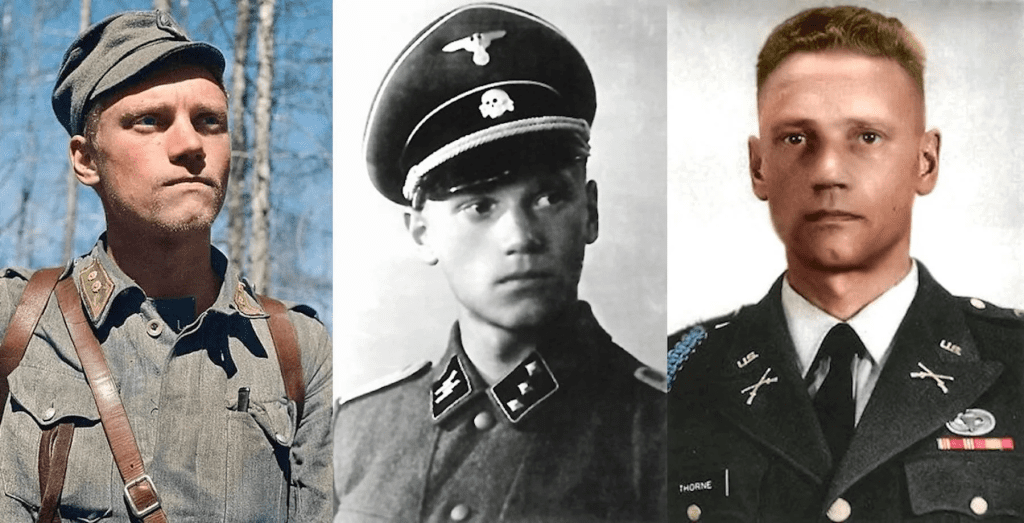
A Young Patriot in the Winter War
Lauri Törni was born in 1919 in Viipuri, Finland, a country still forging its identity after gaining independence from Russia. When the Soviet Union launched its attack during the Winter War in 1939, Törni quickly enlisted in the Finnish Army. As a young officer, he distinguished himself in battle, earning a reputation for his fearless leadership and tactical skill. His bravery was unmatched, and fellow soldiers often described him as the embodiment of Finnish resolve.
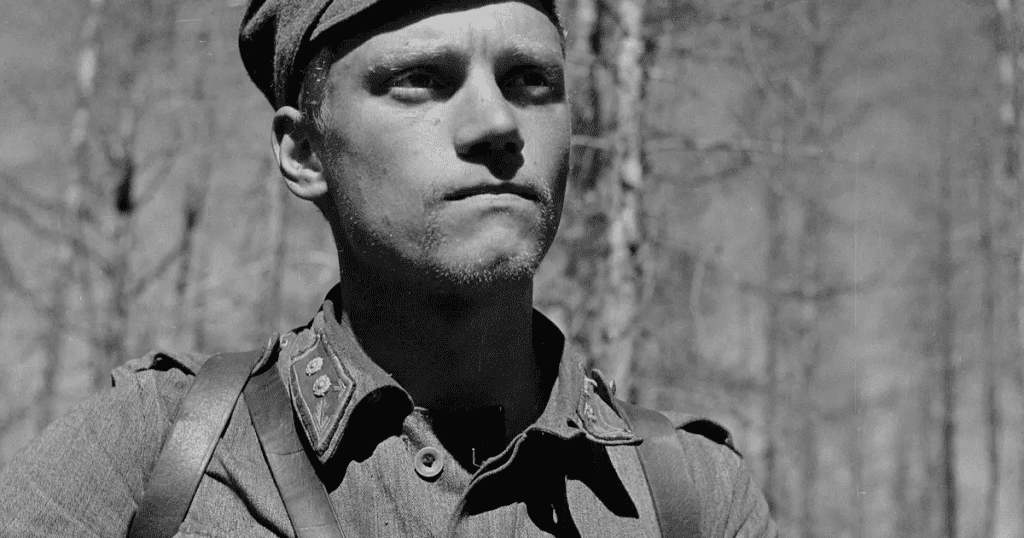
A Controversial Turn: Joining the Waffen-SS
After the Winter War, Finland found itself entangled again in conflict during the Continuation War (1941–1944), aligning with Nazi Germany against the Soviet Union. During this period, Törni took the controversial step of joining the Waffen-SS, receiving military training in Germany. Though the affiliation remains a contentious aspect of his legacy, his motives seemed focused on fighting against the Soviets whom he viewed as Finland’s greatest threat.
Video:
The Soldier who fought in 3 Armies
Captured, Imprisoned, and Pardoned
When World War II ended, Törni returned to a Finland that had signed a peace treaty with the Soviets. His SS background led to his arrest and imprisonment by Finnish authorities. But even behind bars, Törni’s indomitable spirit showed he escaped custody multiple times before finally being pardoned. Still a man without a clear future in his homeland, he made a bold decision to leave Finland behind and seek a new beginning.
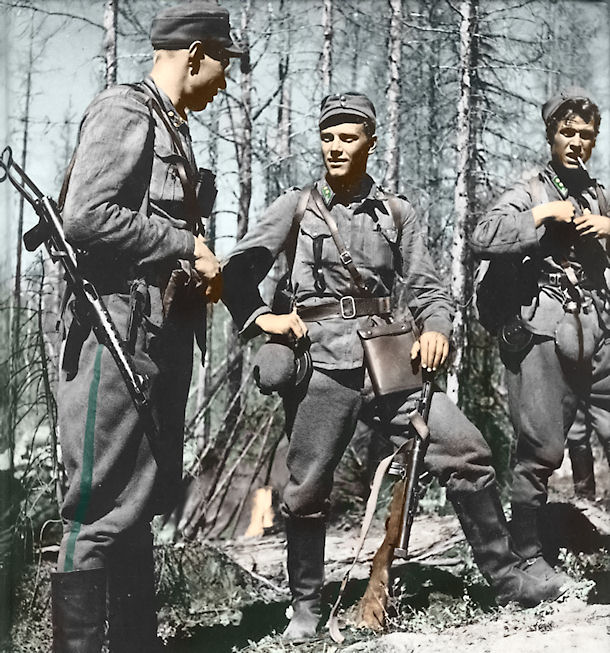
A New Identity in the Land of Opportunity
With the help of Finnish expatriates and the U.S. military, Lauri Törni immigrated to America. Here, he adopted the name Larry Thorne and enlisted in the U.S. Army, eager to continue the fight for freedom under a new flag. Starting from the bottom, he quickly rose through the ranks due to his experience and drive. Thorne was soon recruited into the U.S. Army Special Forces the elite Green Berets where his combat expertise was invaluable.
Video:
Absolute Mad Lads – Lauri Allan Torni
A Hero’s Final Mission
By the early 1960s, the Cold War had flared into active conflict in Southeast Asia. As a U.S. Special Forces officer, Major Larry Thorne undertook several covert missions in Vietnam and Laos, training local forces and conducting reconnaissance in hostile territory. On October 18, 1965, during a classified mission over Laos, the helicopter carrying Thorne disappeared in the misty jungle mountains. For decades, his fate remained a mystery until his remains were finally recovered and identified in 2003.
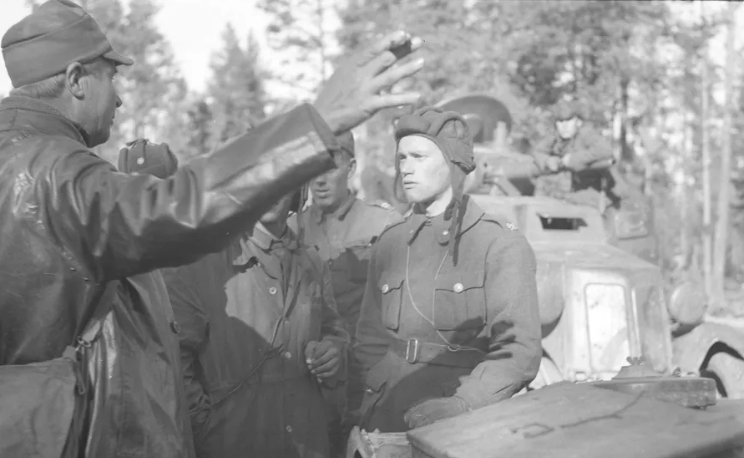
Resting Among America’s Honored
Despite his complicated past, Lauri Törni Larry Thorne was laid to rest with full military honors in Arlington National Cemetery. His gravestone stands not only as a symbol of his sacrifice for the United States but also as a testament to a man who dedicated his life to warfare not for glory, but for a deep personal sense of purpose and loyalty.
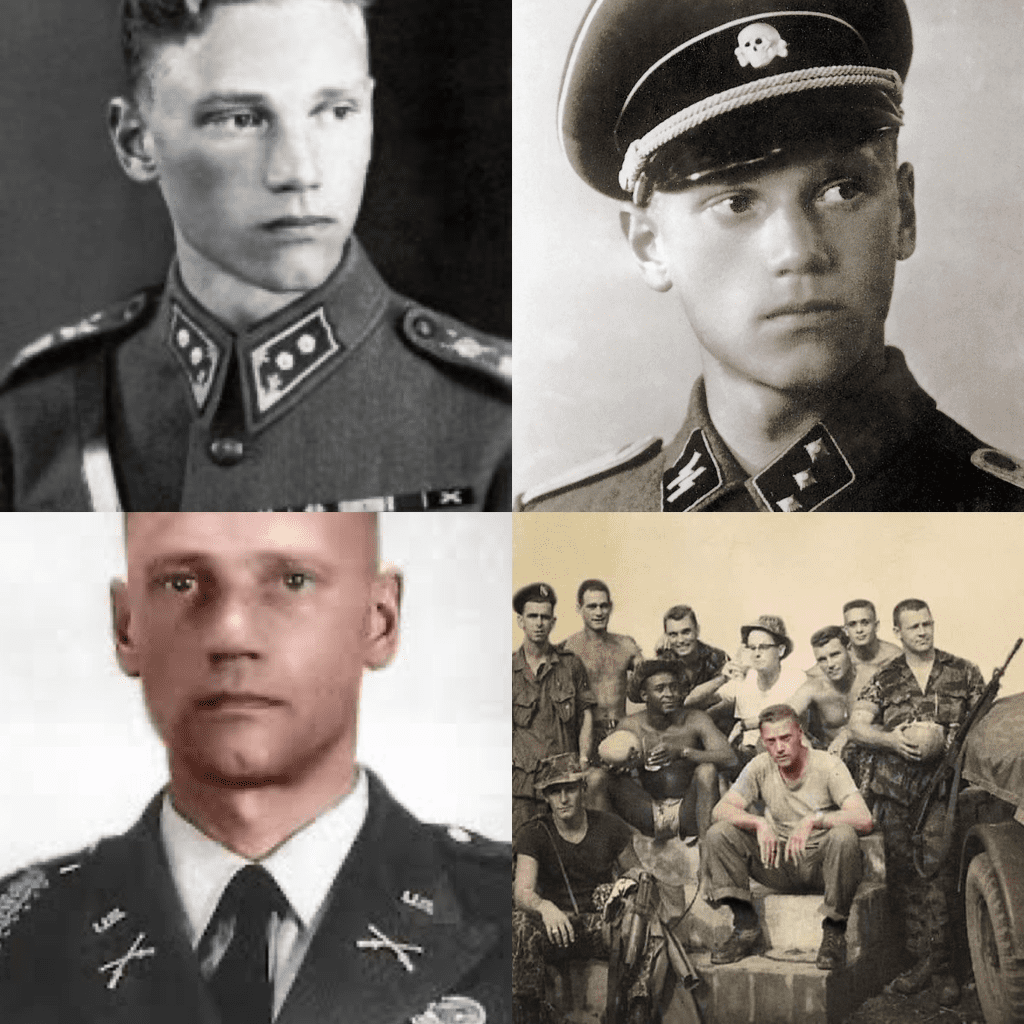
The Legacy of Lauri Törni
The story of Lauri Törni is far from ordinary. He remains one of the few people in modern history to serve in the militaries of three different nations. His life was shaped by war, political upheaval, and reinvention. While opinions about certain decisions in his past may vary, what is undeniable is his bravery, his perseverance, and his relentless commitment to fighting for what he believed in.
Today, Törni’s legacy lives on not just in history books but in the ethos of the U.S. Special Forces, who continue to honor his contributions. His life is a powerful reminder that identity is not always fixed, that redemption is possible, and that even the most turbulent past can end in dignity and honor.


